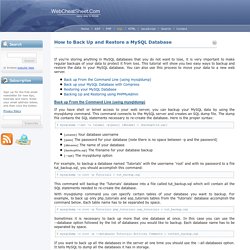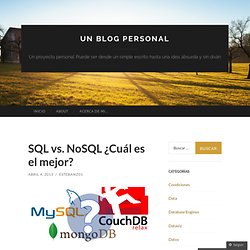

“Honey Encryption” Could Trick Criminals with Spoof Data. Ari Juels, an independent researcher who was previously chief scientist at computer security company RSA, thinks something important is missing from the cryptography protecting our sensitive data: trickery.

“Decoys and deception are really underexploited tools in fundamental computer security,” Juels says. Together with Thomas Ristenpart of the University of Wisconsin, he has developed a new encryption system with a devious streak. It gives encrypted data an additional layer of protection by serving up fake data in response to every incorrect guess of the password or encryption key. If the attacker does eventually guess correctly, the real data should be lost amongst the crowd of spoof data. The new approach could be valuable given how frequently large encrypted stashes of sensitive data fall into the hands of criminals. After capturing encrypted data, criminals often use software to repeatedly guess the password or cryptographic key used to protect it.
How to Back Up and Restore a MySQL Database. If you're storing anything in MySQL databases that you do not want to lose, it is very important to make regular backups of your data to protect it from loss.

This tutorial will show you two easy ways to backup and restore the data in your MySQL database. You can also use this process to move your data to a new web server. Back up From the Command Line (using mysqldump) If you have shell or telnet access to your web server, you can backup your MySQL data by using the mysqldump command. This command connects to the MySQL server and creates an SQL dump file. . $ mysqldump --opt -u [uname] -p[pass] [dbname] > [backupfile.sql] [uname] Your database username [pass] The password for your database (note there is no space between -p and the password) [dbname] The name of your database [backupfile.sql] The filename for your database backup [--opt] The mysqldump option $ mysqldump -u root -p Tutorials > tut_backup.sql $ mysqldump -u root -p Tutorials php_tutorials asp_tutorials > tut_backup.sql.
A Visual Explanation of SQL Joins. I love the concept, though, so let's see if we can make it work.

Assume we have the following two tables. Table A is on the left, and Table B is on the right. We'll populate them with four records each. id name id name -- ---- -- ---- 1 Pirate 1 Rutabaga 2 Monkey 2 Pirate 3 Ninja 3 Darth Vader 4 Spaghetti 4 Ninja Let's join these tables by the name field in a few different ways and see if we can get a conceptual match to those nifty Venn diagrams. There's also a cartesian product or cross join, which as far as I can tell, can't be expressed as a Venn diagram: SELECT * FROM TableA CROSS JOIN TableB This joins "everything to everything", resulting in 4 x 4 = 16 rows, far more than we had in the original sets.
SQL vs. NoSQL: Which Is Better? Not too long ago, this was the only data-storage device most companies needed.

Those days are over. For the past 40-some years, relational databases have ruled the data world. Relational models first appeared in the early 1970s thanks to the research of computer science pioneers such as E.F. Codd. Early versions of SQL-like languages were also developed in the early 70s, with modern SQL appearing in the late 1970s, and becoming popular by the mid-1980s. For the past couple of years, the Internets have been filled with heated arguments regarding SQL vs. Before I continue, however, I want to make a clarification. Now back to the fight. But what about the programmers, who write the client code that access the databases? So I’d like to take the disagreement into a different direction: Let’s study the problem at the coding level.
The Old Arguments Before diving into the code, I want to list some of the more common arguments I’ve seen. Are these valid? SQL vs. NoSQL ¿Cuál es el mejor? SQL Vs NoSQL image You can read this article in english.

Click here! Ésta pregunta se ha hecho millones de veces y encontrarán millones de post que intentan responder a esa inquietud que ha aparecido en los últimos tiempos. En éste blog, le daremos un enfoque diferente y analizaremos el por qué aparece la pregunta y en qué contextos es posible utilizar bases de datos relacionales, bases de datos no relacionales y plantearemos la posibilidad de realizar una especie de mixing de ambas tecnologías. Antes de empezar, les recomiendo leer ésta excelente columna escrita por Jeff Cogswell. Nota: El término SQL hace referencia a las bases de datos relacionales y a sus respectivos modelos y paradigmas. ¿Por qué surge la pregunta: “¿cuál es el mejor?”? Es difícil dar una respuesta inmediata, pero podemos mirar blogs como el de Xeround cloud database o ésta presentación realizada por Keith W.
¿Por qué tememos a una tecnología como NoSQL? ¿Cuándo usar SQL? ¿Cuándo usar NoSQL?